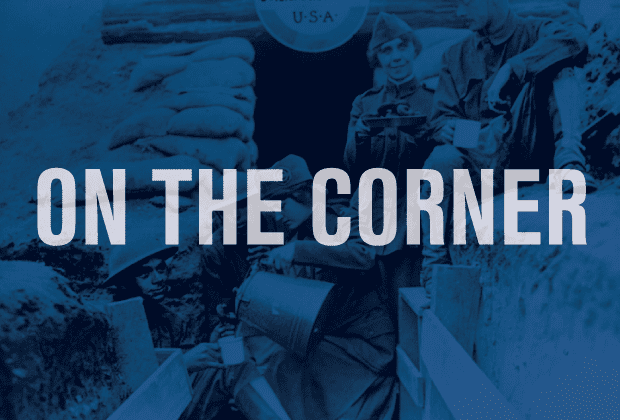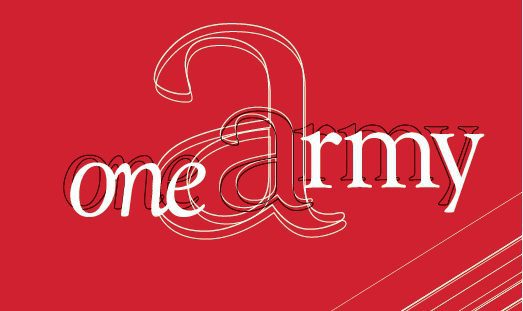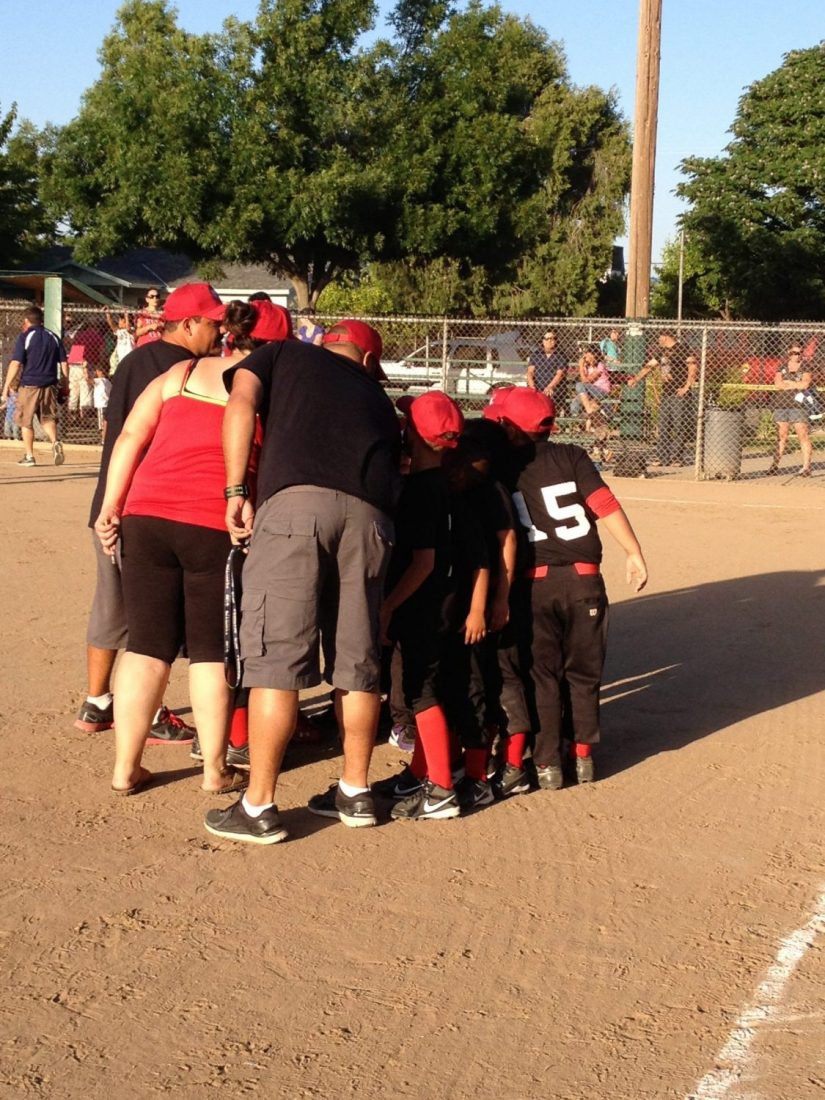By Bob Docter, Editor-in-Chief –
The Western Territory has initiated a vital closing of a serious program gap by beginning to link advanced Adult Rehabilitation Center (ARC) participants to local corps programs prior to completion. A two-year trial study indicates an increasing number remain connected with the Army as members of the local corps following completion of the program. At my corps, the Sunday school adult classes play a vital part.
Commissioner James Knaggs recently chaired a conference reporting on the effectiveness of the program with more than 5,000 people in attendance, “Count Me In.”
Over the past few years my increasing interest in The Salvation Army’s rehabilitation program has driven me to explore its roots, purposes and programs concerning the recovery of adult human beings from the deadly consequences of addiction. On several occasions I’ve written in this space concerning this hallmark program.
I’ve discovered the debate as to whether or not alcoholism and substance abuse is a disease or not. At first, I couldn’t see why people would call it a disease. I had stereotyped the individual participant as having a definite weakness that he or she seemed unable to confront. Then I began to explore the literature in the field indicating significant genetic contributions as well as those that revealed important major changes in the synaptic patterns of the addicted person’s brain and the brain itself.
With that information rattling around, I wondered about the beginner user. What changes need to take place in the brain from the beginning user to make it into a brain disease? Is it immediate or lengthy? Probably the latter. One survey reports that 36 percent of brain studies reveal distinct changes in the brain over time. How heavy does the use have to be to bring about these changes? Are they permanent?
The National Institute of Health defines addiction as a “chronic, often relapsing brain disease that causes compulsive drug seeking and use, despite harmful consequences to the individual and to those around him or her.”
“Well,” I thought, “that should settle the question.”
Then, I came across Harvard psychologist Gene Heyman’s book: “Addiction, a Disorder of Choice” (Harvard University Press, 2010). Heyman argues the premise that addiction becomes the product of choices.
My point of view holds that both theories combine over time—starting as a choice, and with continued heavy use, over time, becomes a disease that must be eradicated with a minimum of two people working together.
The introduction to the addictive substance often occurs in early adolescence. The young person participates voluntarily and perceives it as a clear movement toward his or her maturity.
Wrong!
Addiction begins with a choice—to engage or not engage and, if continued, ends as a slave to a substance. Two sources influence the decision: parental modeling in the home and peer pressure away from the home. Both men and women confront a significant influence with entry into college with data indicating increasing heavy use by people in their 20s. The danger decade, then, occurs between ages 14 and 29.
If parents have built a positive, accepting and loving relationship with the adolescent, they can influence the power of this pressure with early discussion and teaching. Zero in on the reality that comes with the fact that with any choice there are consequences. Ask, what are the consequences of this choice? Continuing influence by the peers, even after an initial negative choice, can be mitigated if handled carefully by the parents. Never ignore it.
These habits relate to excessive involvement with an activity in which the individual believes he must engage, while the individual has forgotten the rationale for this level of involvement. He can’t recall why he makes such a demand on himself. It often relates to feelings of guilt if he neglects the activity, but little sense of praise following engagement.
Most of the time, these activities can help us either physically, mentally, socially or emotionally. I think of “running” as an exercise until it gets in the way of your life and becomes an addiction. How about “religiosity,” an addiction where some long admired and revered church goers burden themselves with excessive attendance in all things “church.”
Sometimes, these addictions can harm us, like workaholism, overeating, freeway speeding or criticizing loved ones. These kinds of habits have become compunctions with lot of “gotta” and “must” connected. I “gotta” do this and I “must” do that. No choice. They make it an essential requirement to engage this task in this way. So, addictive behavior attaches to all of us in some form or another. It keeps the culture on a steady course, It begins as a disorder of choice and becomes a disease as various substances have their way.
“Count Me In” provided information, inspiration, and lively, loud and God-inspired comradeship. The testimonies thrilled attenders, and the mercy seat served as a meeting place for soldiers, friends and thousands of people on the road to recovery. And God was there as well.













